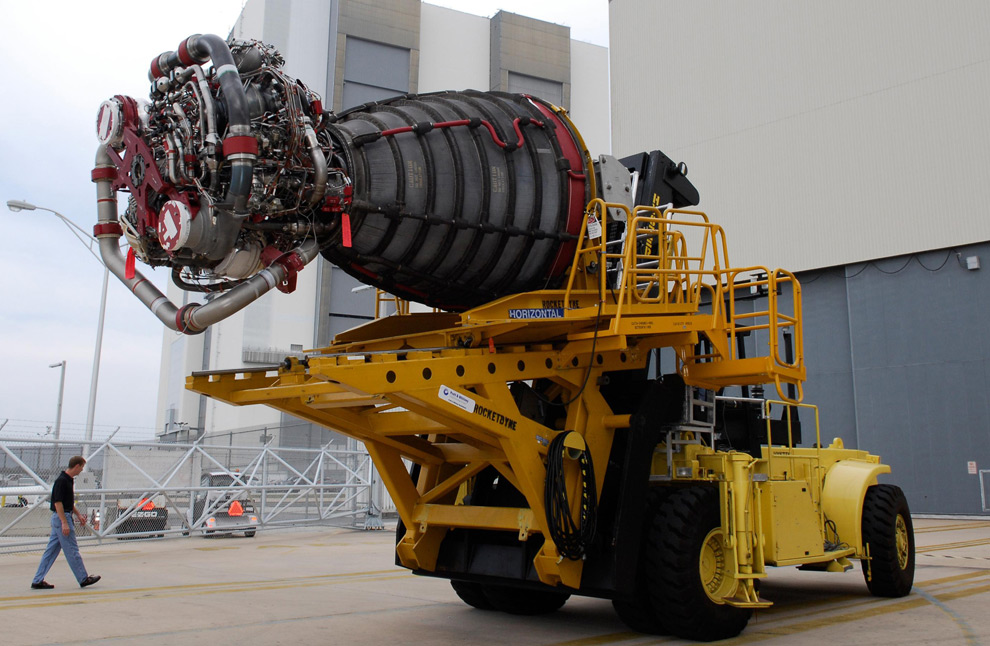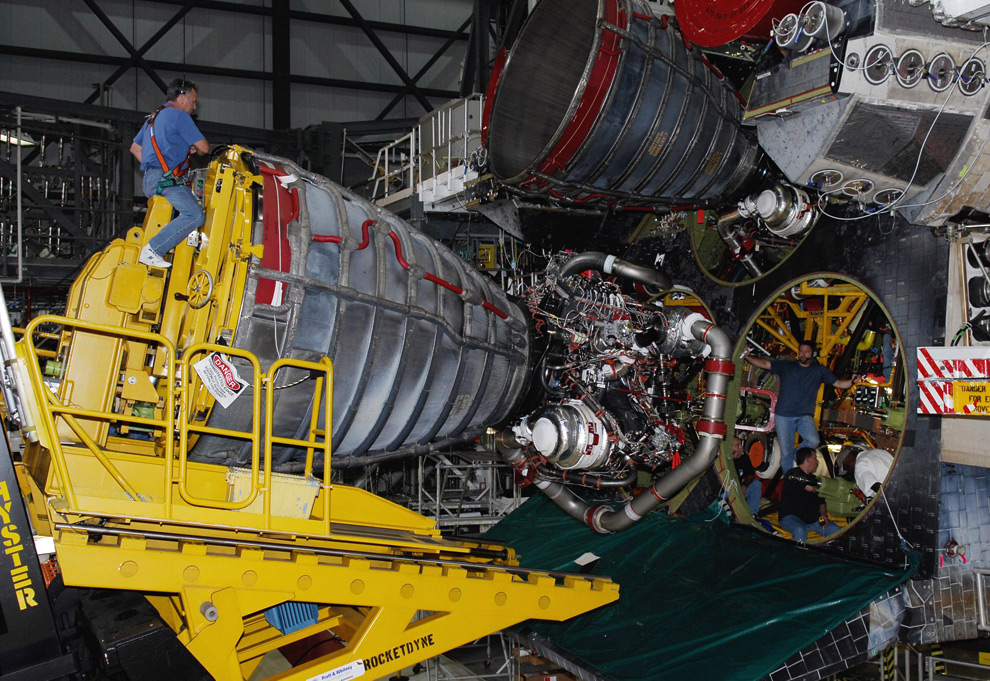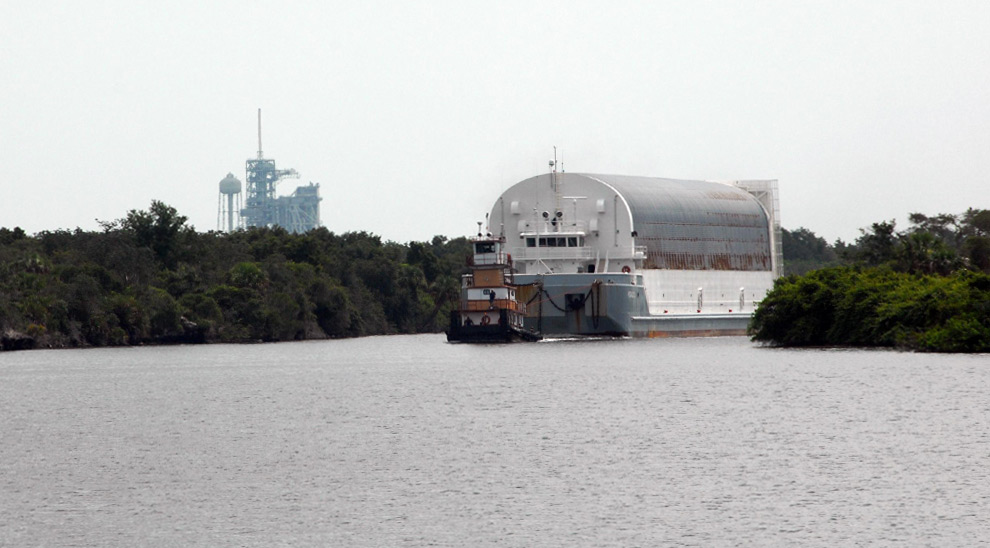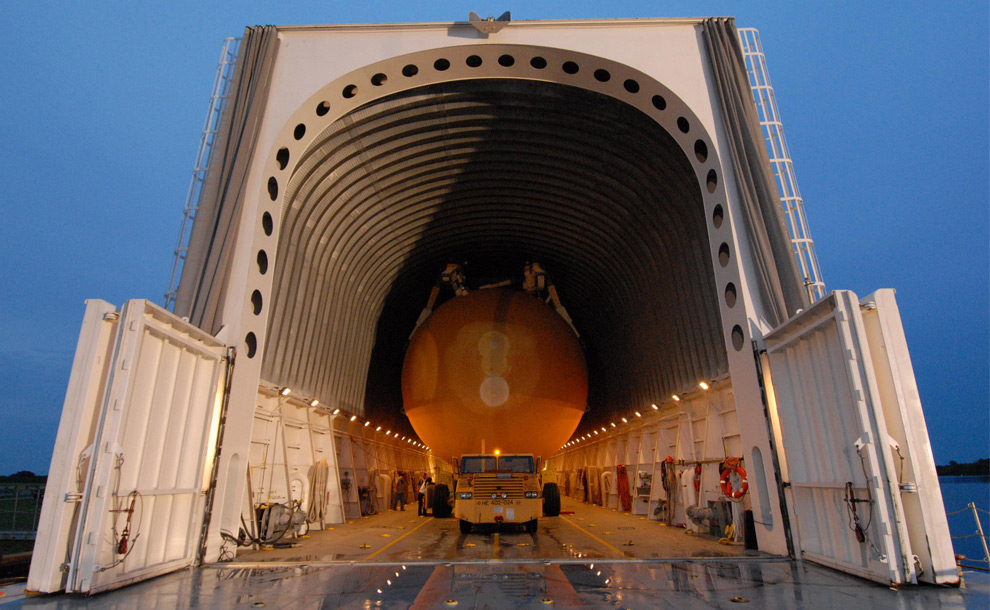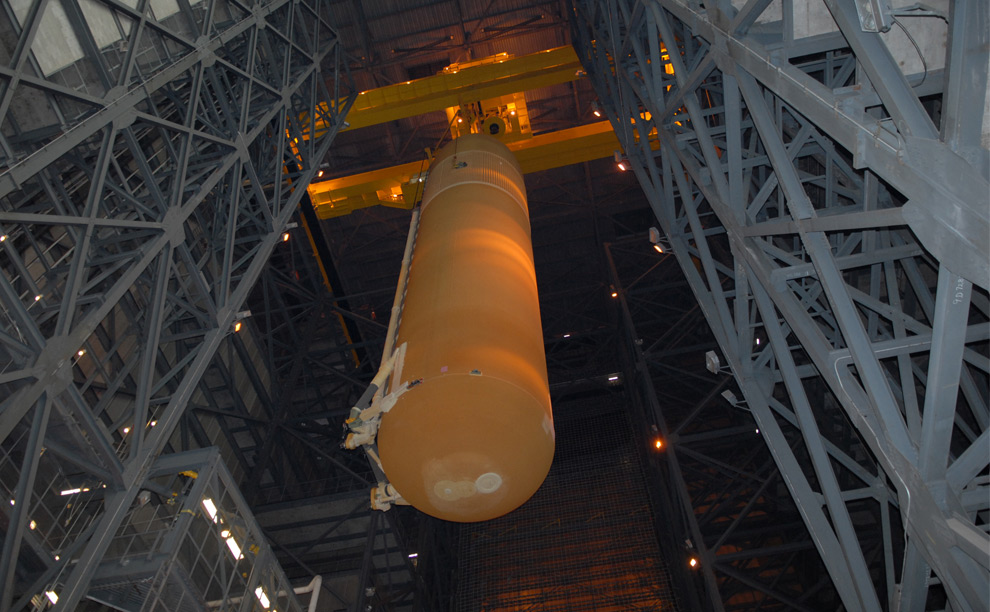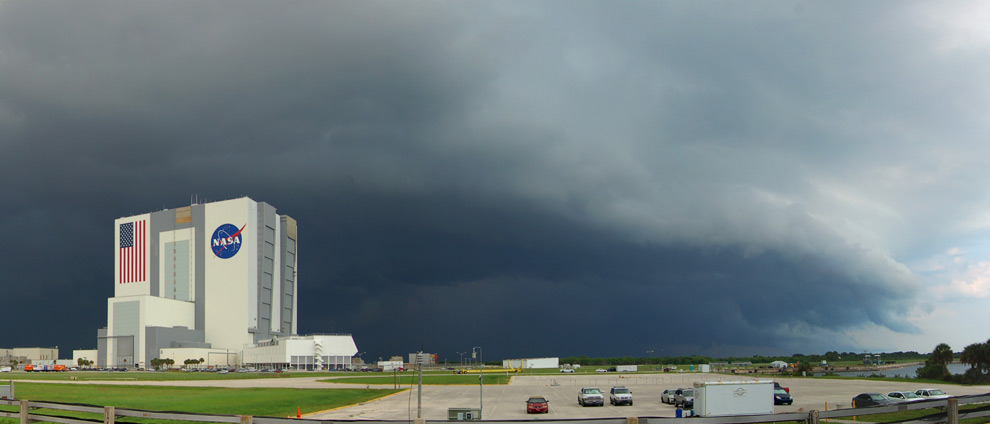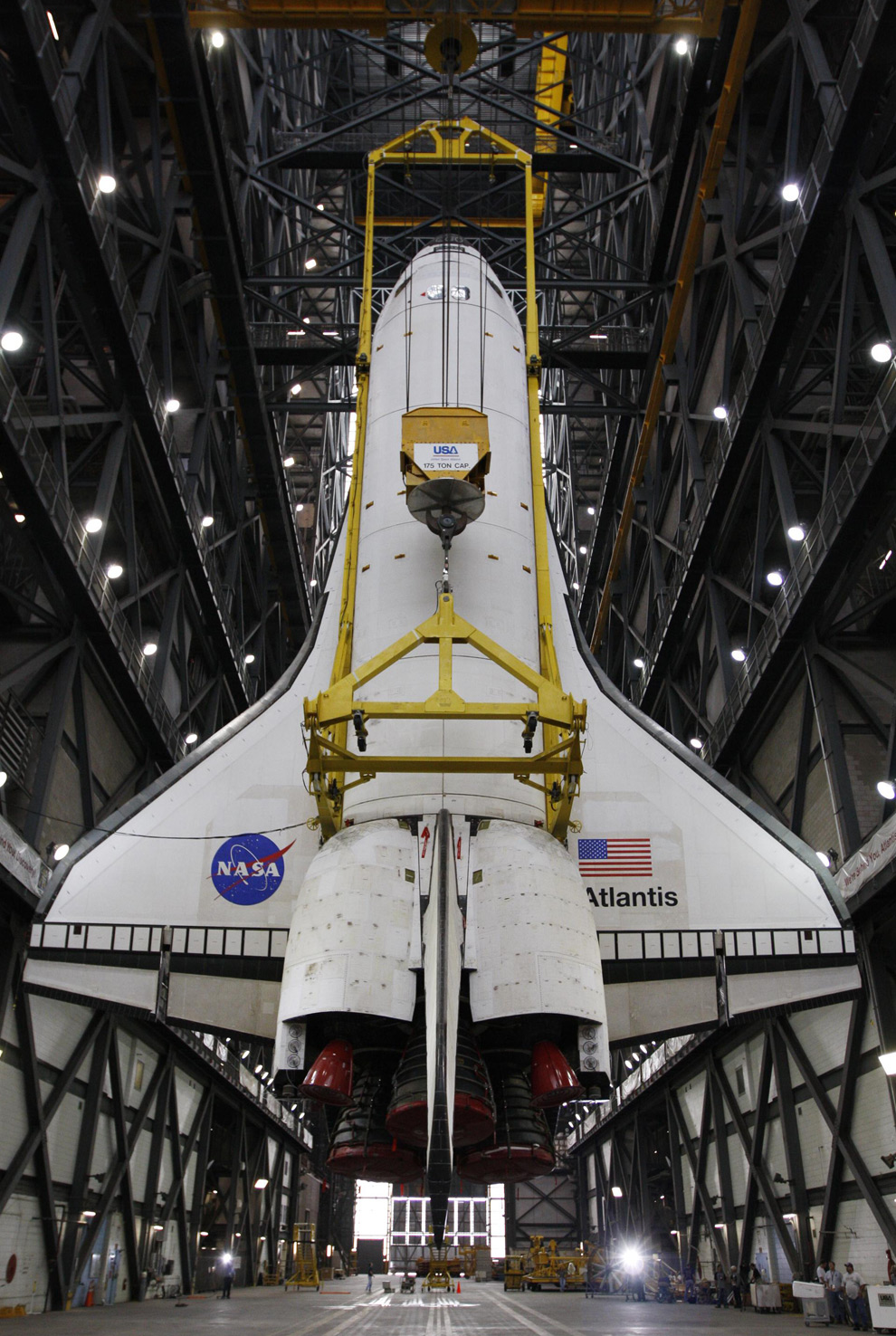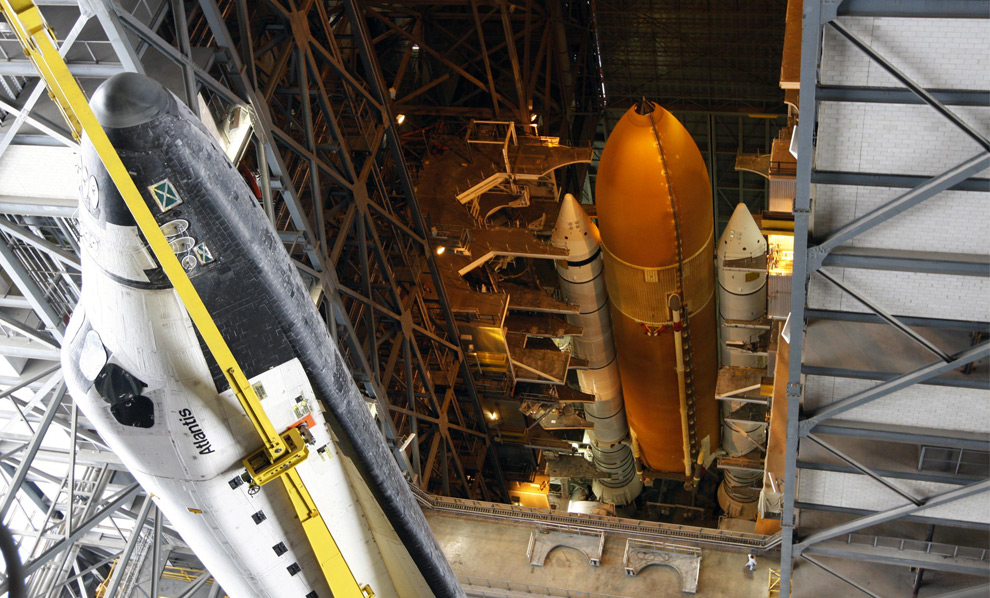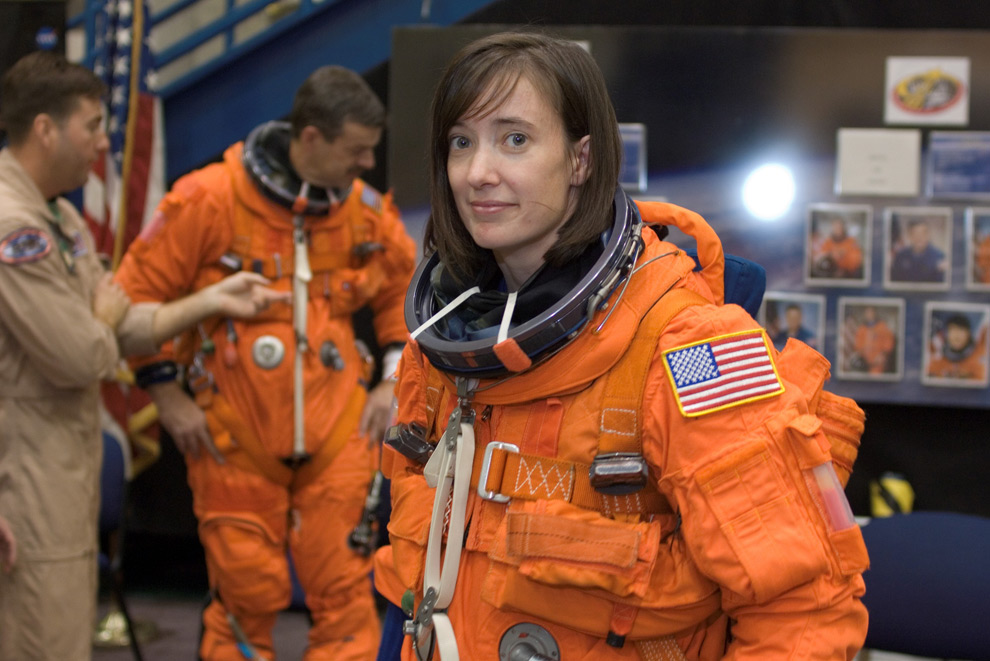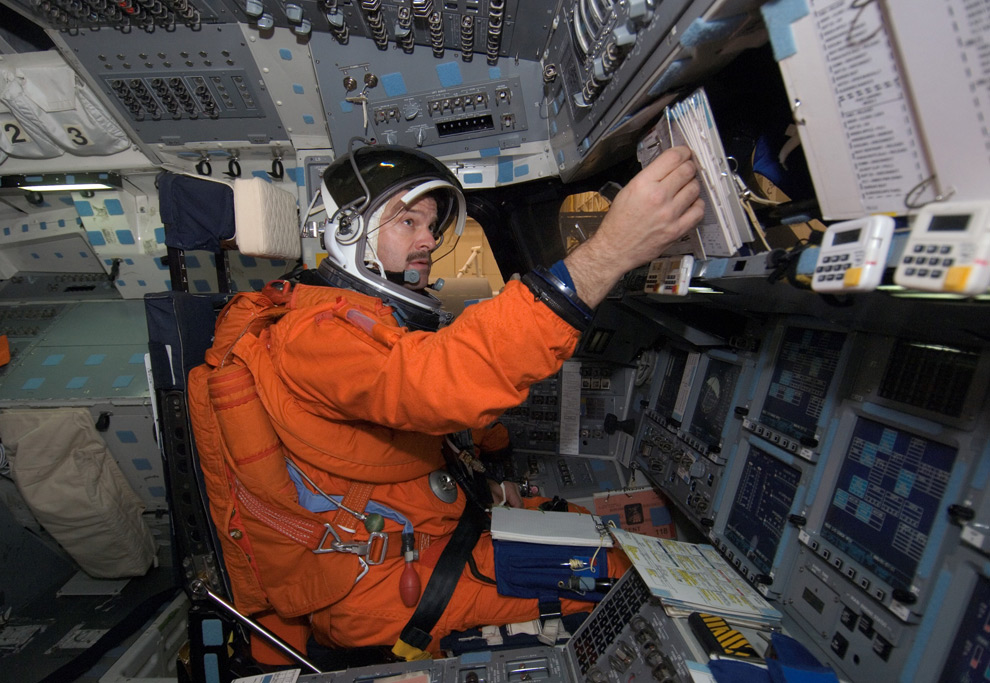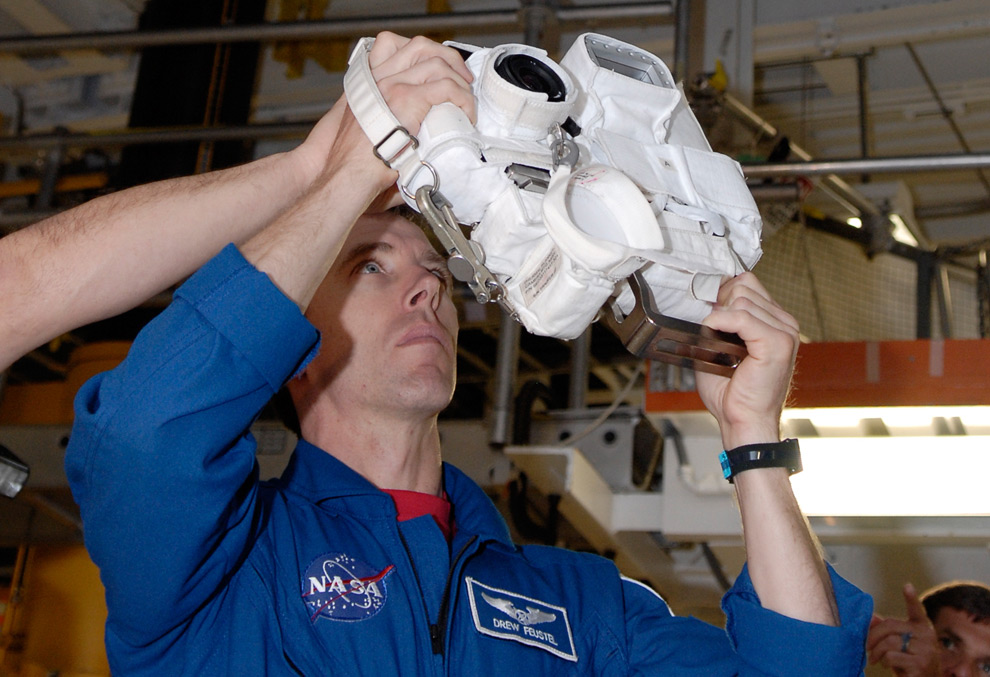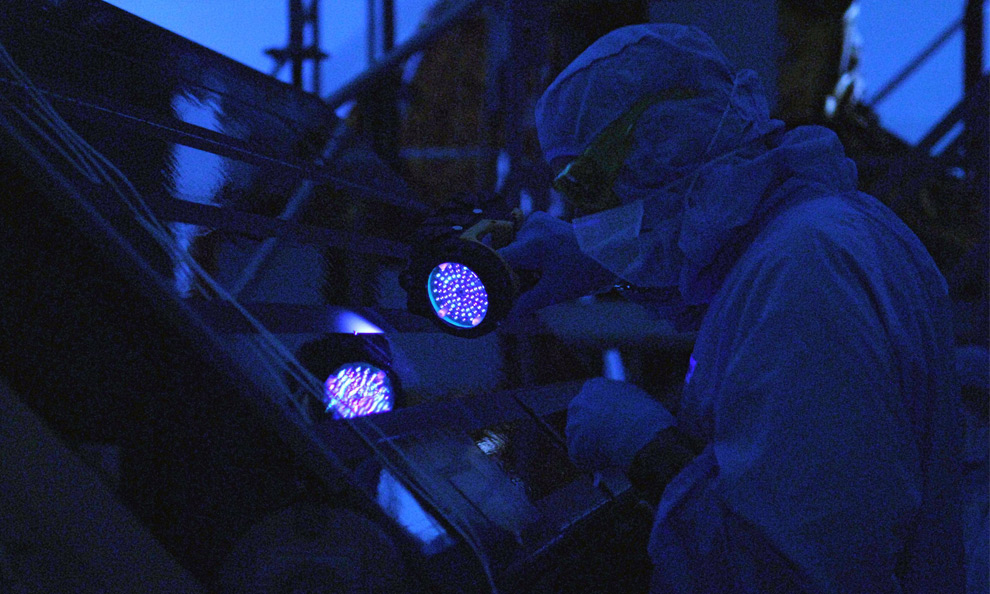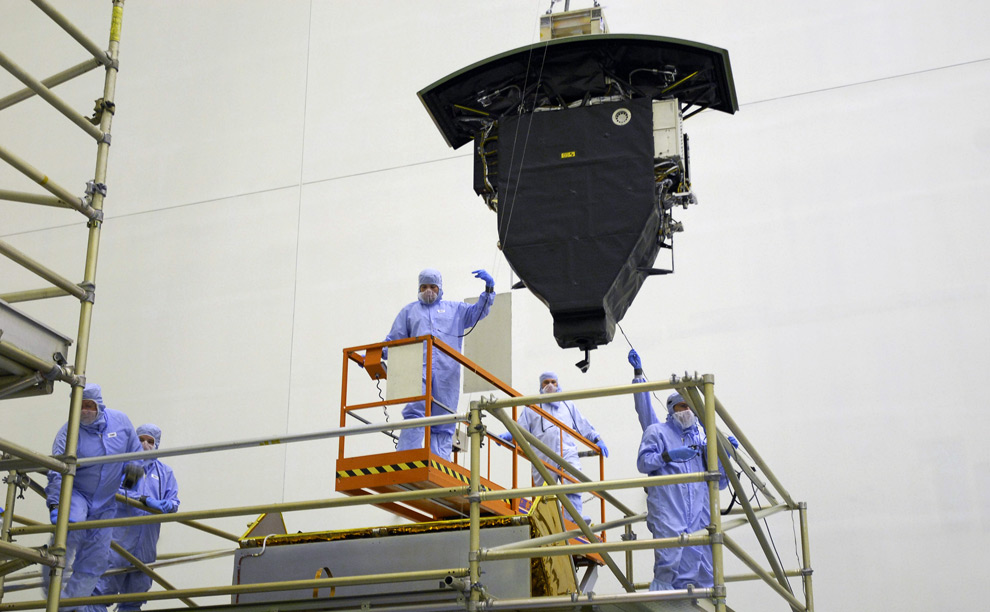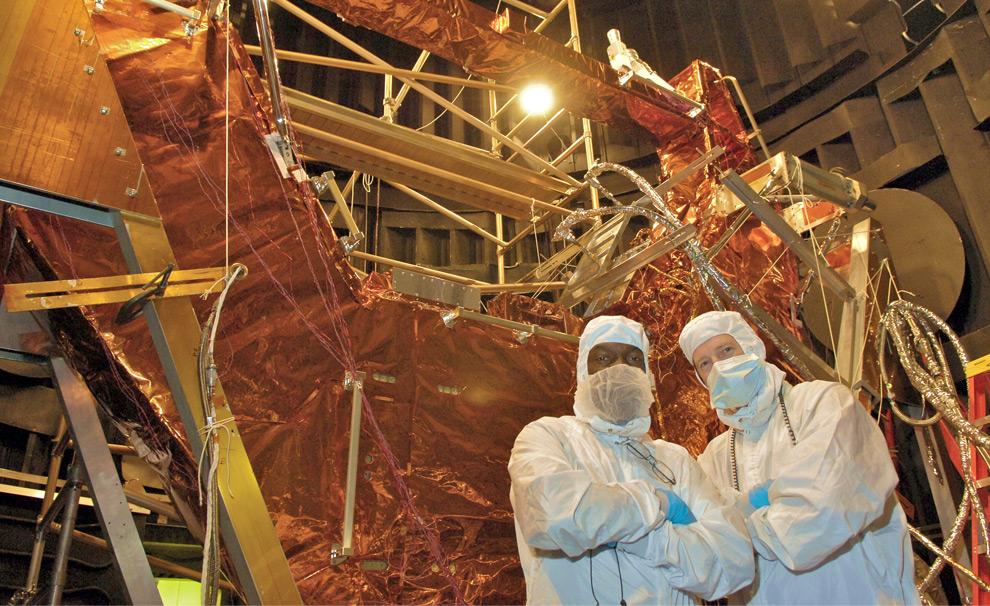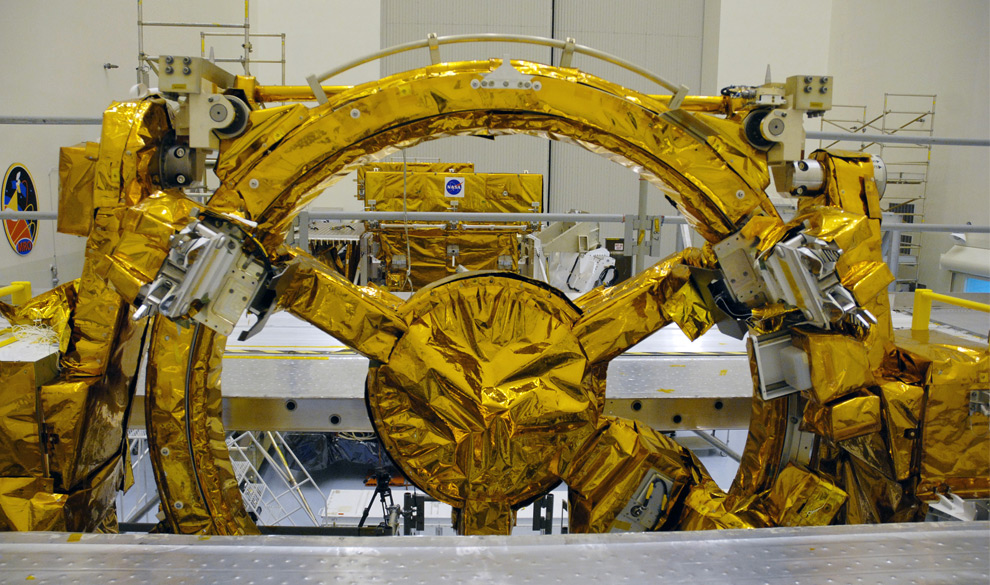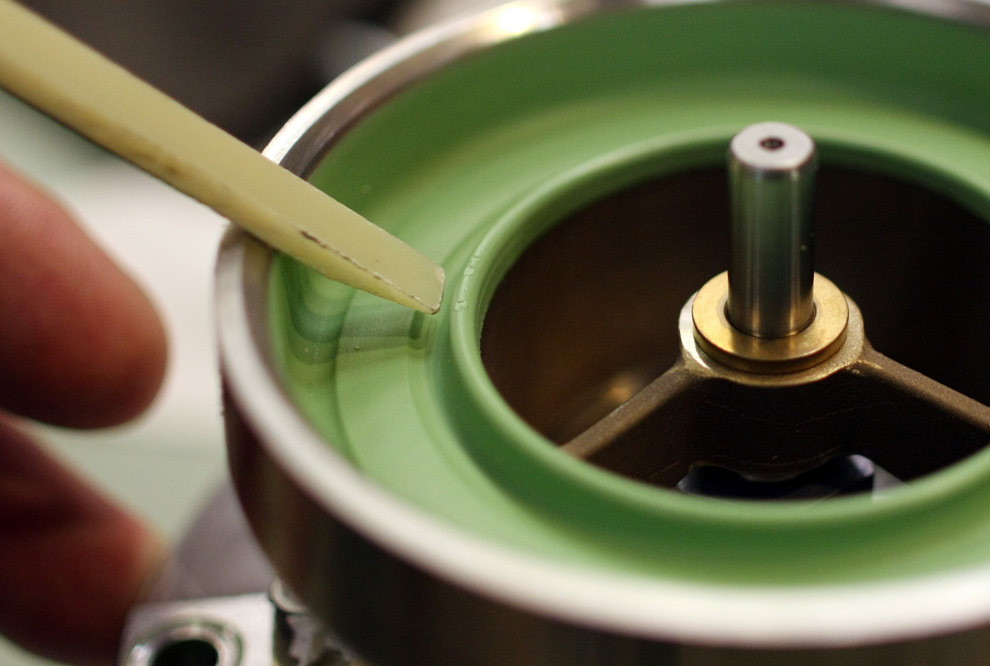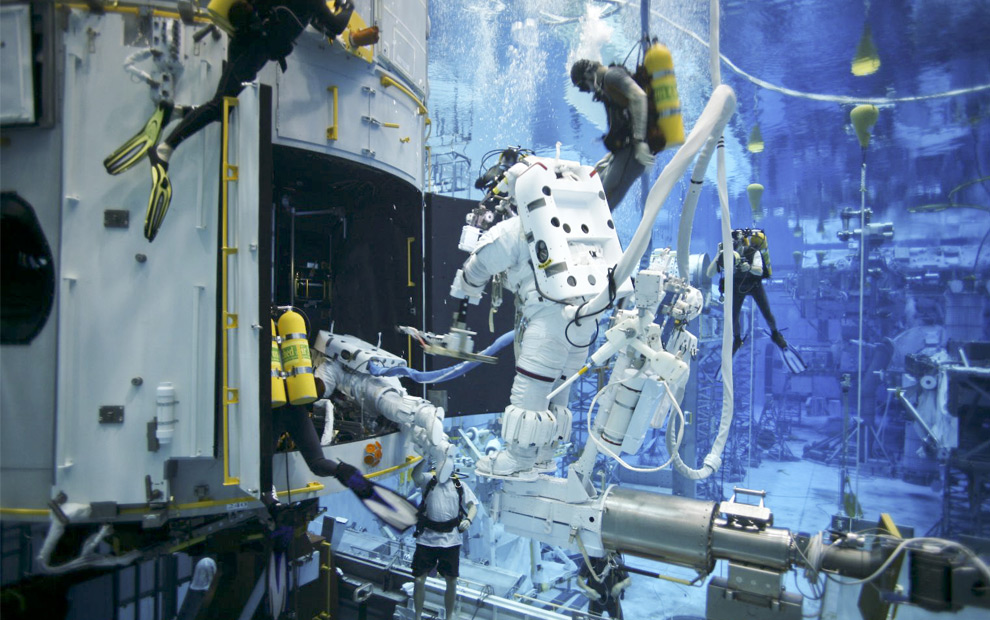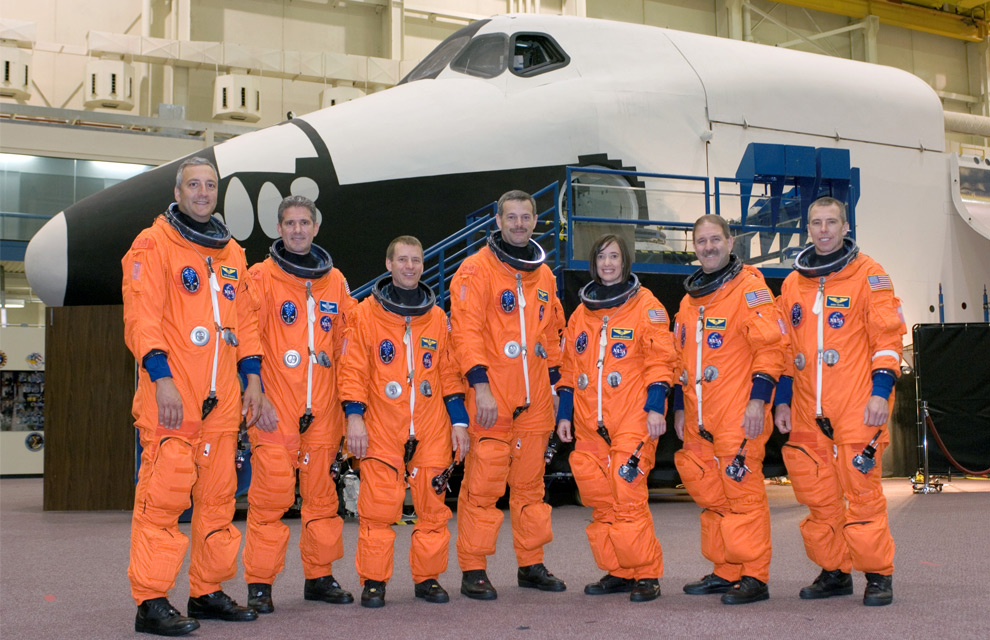O estudo, ao considerar um carro no valor de R$ 40 mil, calcula que seu custo mensal supere os R$ 1.900. Por esse mesmo valor, ainda segundo o Cefipe, é possível andar de táxi, realizando o mesmo trajeto rodado pelo carro particular, economizando mais de R$ 900 por mês.
Cálculo equivocado
Segundo o centro de estudos, poucos percebem essa grande economia, pois a maioria das pessoas considera apenas o combustível, o seguro, a manutenção e os impostos no cálculo do custo do segundo carro próprio.
É necessário acrescentar à conta uma série de outros fatores, como a depreciação do automóvel e o que o proprietário ganharia se a mesma quantia estivesse investida no banco.
"Andar de táxi é mais seguro e barato do que ter que pagar IPVA (Imposto sobre a Propriedade de Veículos Automotores), gasolina, seguro e outras despesas", afirma o presidente da Adetax (Associação das Empresas de Táxi de Frota do Município de São Paulo), Ricardo Auriemma.
Confira a tabela abaixo com os itens e seus respectivos gastos, no caso de um segundo carro e de um táxi:
| Quanto se gasta mensalmente para manter o segundo carro (em R$) | ||
| Segundo carro de R$ 40 mil | Taxi | |
| 1. Depreciação | 444 | 0 |
| 2. IPVA | 134 | 0 |
| 3. Licenciamento | 10 | 0 |
| 4. Multas | 7 | 0 |
| 5. Seguro | 200 | 0 |
| 6. Franquia | 33 | 0 |
| 7A. Estacionamento mensal | 80 | 0 |
| 7B. Estacionamento avulso | 72 | 0 |
| 8. Zona azul | 15 | 0 |
| 9. Combustível | 480 | 0 |
| 10. Lavagem | 30 | 0 |
| 11. Troca de óleo | 20 | 0 |
| 12. Manutenção | 111 | 0 |
| 13. Polimento | 20 | 0 |
| 14. Perda da aplicação | 260 | 0 |
| 15. Andar de táxi (mensal) | 0 | 1.008 |
| Total | R$ 1.916 | R$ 1.008 |
Segundo a Molicar, é preciso ter cuidado com o cálculo, pois ele varia de acordo com o modelo do segundo veículo. No caso de automóveis de luxo, a comercialização é voltada ao status e design atualizado, tendendo de fato a uma depreciação considerável e a baixa procura pelos modelos usados.
Mas, em se tratando de veículos compactos, como os "populares" e as pickups de modelos leves, a depreciação não é grande, chegando no teto de 6% ao ano.
No primeiro caso, a grande ressalva refere-se à variação do mercado: se surgir um compacto mais barato, o preço do usado pode depreciar em níveis maiores. Em contrapartida, se o modelo aumentou de preço até o momento da venda, o usado acompanhará essa alta.
De qualquer forma, os "populares" tendem a atrair o interesse do mercado. Se for uma pickup, então, a venda é certa, pois há um grande interesse das transportadoras de pequeno e médio porte.
Seria recomendável a aquisição desses últimos modelos, de acordo com a Molicar, pois a utilização de táxis pode trazer problemas quanto à sua disponibilidade para corrida.
Fonte: UOL
É difícil se atentar para esses números quando se tem um carro, mas o resultado chega a assustar!
